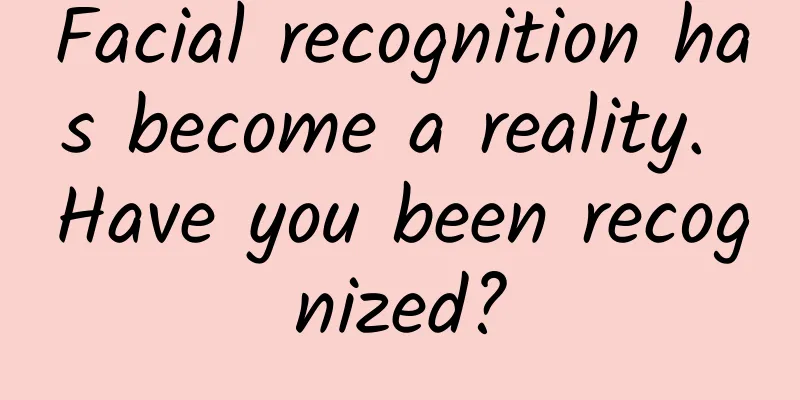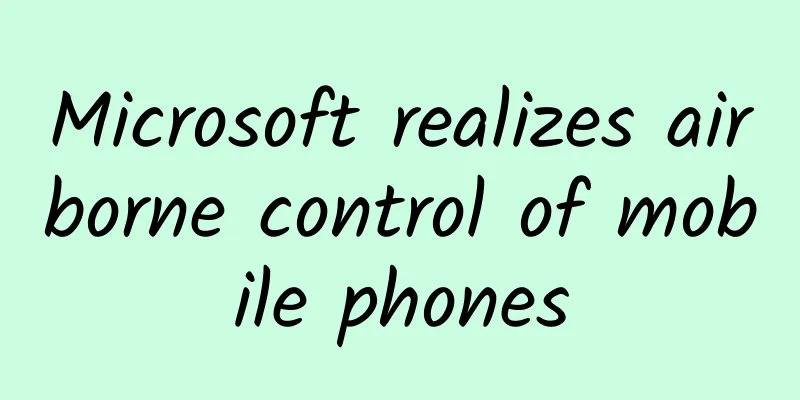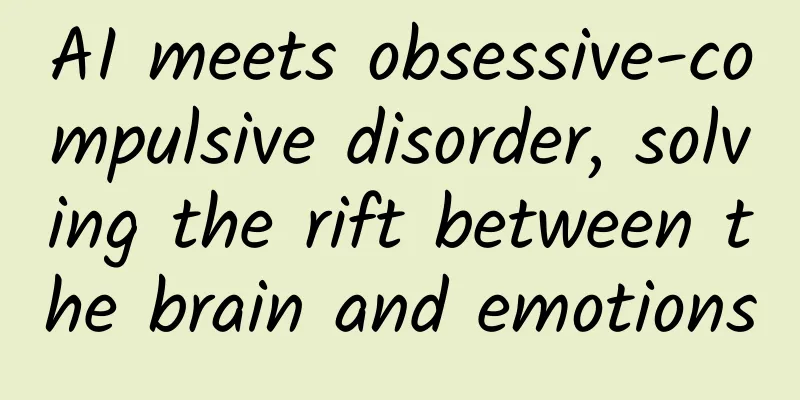Facial recognition has become a reality. Have you been recognized?

|
Do you still remember these plots in the movies? In "Transformers 2", the young male protagonist and his friends deceived the soldiers on duty when they passed the checkpoint, but were discovered by the military's facial recognition technology. In the 2014 remake of "RoboCop", RoboCop made his first public appearance in front of the public. He kept scanning all the faces in the crowd and compared the faces he obtained with the wanted criminal database. He instantly found a wanted criminal who had escaped for many years in the crowd and subdued him. In many other movies, all confidential departments in the United States have to scan various biometric features when entering the door, from fingerprints and irises in early movies to faces today. What exactly is facial recognition? Face recognition is a sub-problem of visual pattern recognition and is probably the most difficult problem to solve. In fact, we humans are performing visual pattern recognition every moment. We obtain visual information through our eyes, and this information is processed by the brain and recognized as meaningful concepts. So we know whether it is a cup, a book, or something else in front of us. We are also doing face recognition all the time. We meet countless people in our daily lives. We recognize those familiar people, greet them, interact with them, ignore other strangers, and even avoid those people we owe money to but cannot pay back for the time being. For computers, an image, whether a static picture or a frame in a dynamic video, is a matrix composed of many pixels. For example, a 1080p digital image is a matrix composed of 1980*1080 pixels. Each pixel, if in 8-bit RGB format, is 3 numbers with values ranging from 0 to 255. The machine needs to find out what concept a certain part of the data represents: which part of the data is a cup, which part is a book, and which part is a face. This is a coarse classification problem in visual pattern recognition. Face recognition requires distinguishing who the face belongs to among all the data that the machine considers to be a face. This is a problem of detailed classification. How many categories can faces be divided into? The size of the face database for the problem being processed depends on how many target faces there are in the database. The machine needs to perform a corresponding number of sub-classifications. If the machine is to recognize every person it sees, then the faces can be divided into as many categories as there are people in the world, and the differences between these categories are very subtle. This shows the difficulty of the face recognition problem. Not to mention, this matter is also affected by various factors such as lighting, angle, and facial decorations. This also explains why face recognition technology has not been widely used in daily life, and most people can only come into contact with face recognition in science fiction movies. It's hard to tell the difference - some concepts that are easily confused Some things that are not very familiar to people are often accompanied by a lot of conceptual confusion. For example, Chinese people who are not familiar with Western religions may not understand why some people believe in God but not in Jesus; or why some uncles who work in the church must abstain from sex while others can get married. As a new thing, face recognition is also accompanied by a lot of conceptual confusion. It is important to distinguish these concepts in order to understand face recognition. Face Detection and Face Recognition To complete the work of face recognition, several steps are required. First, the computer needs to find the location of the face in the image or video. This part of the work is generally called face detection. As mentioned earlier, this is a coarse classification. Specifically for face detection, it is actually a binary classification. The computer only needs to determine whether the target image is a face or not. However, since the size and position of the face cannot be determined in advance, the computer needs to scan the entire image at each possible face size and determine one by one whether the image captured by the sub-window is a face. During each scanning process, the step length of the sub-window movement may be several pixels. So you can roughly imagine how many times the computer needs to make binary classification judgments to detect the face of a picture. The face detection step obtains the position and size of a face from an image and sends this part of the image to the subsequent steps, including: facial component point positioning, facial image alignment and normalization, facial image quality selection, feature extraction, and feature comparison. Only after all steps are completed can the identity of the face be known. Of course, we can also use the face detection function alone to complete certain applications. For example, most current cameras and mobile phone cameras have face detection functions, which can automatically obtain the face position, so as to automatically adjust the focus and optimize the picture. It can even make some preliminary judgments on the face, such as gender, age, and even appearance. 1v1 face verification and 1vN face search The protagonist uses various means to circumvent the layers of identity verification and successfully enter a confidential department. This is a common plot in movies. These layers of identity verification often include face recognition. In such applications, users often need to provide their own identity. For example, when using a door card, the computer can obtain the face sample of the door card owner in the background through the door card, and compare it with the face image of the person currently using the door card to confirm whether the person currently using the door card matches the owner of the door card. This can prevent someone who picks up your door card from easily sneaking into the company. This is a 1v1 identity verification, where the computer compares the current face with the stored face, which is an auxiliary to other verification methods, thereby improving the reliability of identity verification. This application has been widely used, such as access to sensitive facilities, remote account opening in the Internet financial field, and identity verification for large withdrawals. The scene in Robocop mentioned at the beginning of the article is 1vN face search. Robocop can search online for a face database that stores all wanted criminals' data. Every time he encounters a person, he will first obtain the person's face information and use the information to compare one by one in the wanted criminal database. If the match is high enough, he will arrest the person on the spot. For each face recognition, the computer has to make n face comparisons, where n is the number of face templates in the database to be recognized. If a computer is required to identify a person's identity based on the face alone, this is actually a 1vN face search. The target face database is a "familiar database" consisting of n faces. As n increases, the difficulty of accurate recognition will increase, and the computing time required for one recognition will also increase. We can think about how many faces an ordinary person can accurately recognize? Probably only in the order of dozens. The best facial recognition technology currently available actually exceeds this level. For example, the top domestic facial recognition companies usually have a screen wall to demonstrate the activities of people captured by the company's cameras and accurately identify their identities. The company usually maintains a face database of hundreds of people. However, if N continues to increase to a database of thousands or tens of thousands of people, then real-time search for unique matching faces will become a science fiction requirement. In the application of larger face databases, the requirements for real-time performance are generally reduced, and only the top m suspected faces that are very matching are required to be found in order to narrow the scope of manual search. The cover image of this article is from the copyright library and is not authorized for reproduction |
>>: New! The Shenzhou-14 crew photographed the beautiful scenery of the motherland in orbit →
Recommend
[Aoyama Yuki] Japanese JK uniform youth girl campus portrait photography tutorial
【Aoyama Yuki】Japanese JK Uniform Youth Girl Campu...
A brief discussion on routing and scheduling technology for computing-network integration
1. Conflict between network capacity scheduling a...
How can advertisers use Xiaohongshu KOL to promote Xiaohongshu?
Xiaohongshu is known as the "overseas shoppi...
Three methods of event planning and promotion: gameplay, dissemination and fission!
Today, based on the basic planning capabilities, ...
Get the guide to creating hot-selling products in the second category of e-commerce!
Nowadays, "Internet + e-commerce" has p...
Soul-searching question: How can we have a satisfying snowfall?
Recently, our friends in the south have not seen ...
Tik Tok’s skills in riding on the popularity, how does Tik Tok ride on the popularity to exceed 10,000 views?
Tik Tok’s skills in riding on the popularity, how...
Why does ofo invest in advertising while Mobike does public relations?
To date, ofo and Mobike have been fighting for ne...
After reading these copywritings, I began to cherish entertainment variety shows~
Which online variety show is the best in China in...
How to evaluate the stability and quality of an App?
"Crash", like "stuttering" an...
How to transfer files between iPhone 12 and Windows without using apps
[[408549]] For Apple users, in daily work, they o...
What’s the matter with the traffic limit on TikTok? What should I do if Douyin has limited traffic? How can I restore the limit?
Douyin will allocate traffic based on the perform...
Cycloglossum: The happiness of the “richest animal” is beyond your imagination!
Produced by: Science Popularization China Author:...
Paving the way for the next generation, the HOME button is the best update of iPhone 7
The iPhone has been on the market for a while now,...









